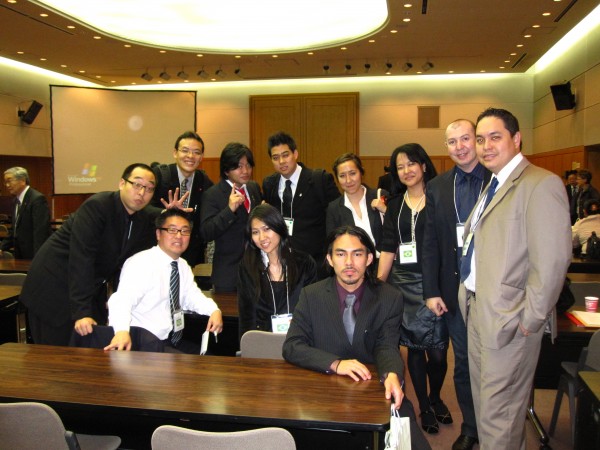(EDITORS NOTE: This article was originally published on Discover Nikkei. Reprinted with permission.)
I remember as a child knowing that I didn’t look “American” and because of that sometimes I didn’t feel “American” either. As a person of color living in the United States, these truths are self-evident, even if no one has ever said it to my face. And a part of me always felt like I was Japanese who just happened to live in America. That’s why I was so excited about going to Japan the first time with my family when I was seven years old. I believed (maybe it was hoped) that I would finally find an identity (JAPANESE in big and bold letters) that I can hold on to.
Japan turned out to be a huge disappointment — it was easy to see right away that I was NOT Japanese. The way I spoke. The way I dressed. The way I thought. Even the way I walked down a street. They all pointed to an identity that was not Japanese. If anything, I was more American.
This was a huge problem; if in America I felt Japanese and if in Japan I felt American, it meant that I didn’t have a place I could ever feel completely whole. For the past twenty years, I tried to believe that the country would change. That people in America would finally accept me (since I held no hope of the people in Japan accepting me as one of theirs).
This all changed over the last ten days. I was invited to be part of the Nikkei Youth Network’s (NYN) first nikkei youth leader’s summit in Japan. (Nikkei means people of Japanese descent living outside of Japan.) The mission of the NYN is to provide development opportunities to empower young people around the world, to create the next 100 years of nikkei history through “Kizuna.” (Kizuna means brotherhood.) The NYN brought nikkei youth leaders from around the world together. There were delegates from Peru, El Salvador, Brazil, Argentina, and of course the United States.
The goal of the summit was to share nikkei experiences and hear about exciting youth (18 to 40 years old) projects and ideas from other nikkei living in Japan and around the world. I was asked to give a Pecha Kucha presentation, which is an intense presentation with a limit of 20 power point slides and only 20 seconds per slide, giving six minutes and twenty seconds to each presenter to show his/her innovative idea or story to the public.
My Pecha Kucha focused on the evolution of the Japanese American (JA) community and how it relates to my filmmaking career. My goal was to educate the other nikkei about the history of Japanese Americans and about the current state of the yonsei (fourth) generation. For many, it was the first time they had heard what had happened to JAs during the Second World War and/or it was the first time they understood the affects that the Concentration Camps had on our community.
Click here to see my pecha kucha presentation
I admit that at first it was odd to see people who looked like me speaking not Japanese or English but Spanish! (Although, I recognize that it must have been odd for them to hear me speaking with my California twang!) However, it quickly became apparent that we all shared much more in common than one would have guessed at first glance.
The non-JA nikkeis spoke of not feeling quite Japanese and not feeling like they were “accepted” in their own country… especially during times of war or economic stresses. They spoke of racism, fear, and hatred that they had experienced sometimes overtly and other times simmering beneath society’s surface. Sometimes their experiences were worse than what Japanese Americans had gone through and other times they weren’t as bad, but they all went through something that I could relate to.
These people, despite being from very different places, and I had a real bond – A brotherhood that I have never found outside of the Japanese American/Asian Pacific Islander American (APIA) communities. But unlike the JA and APIA communities, this was part of something bigger. Something truly global.
After all these years, I finally found a home. I am not Japanese. I am not American. I am NIKKEI. It sounds hokey and I’m okay with that because it feels good to have a home. And only now that I have one do I realize how alone I was before.
So my message to my fellow JAs is that we have brothers and sisters in other parts of the world. There is so much we can learn from them (for example: the Brazilian community seems close and grounded in a way I imagine the JA community was before we were incarcerated) and there are things that we can teach them. It is time for us to join them and form a true global nikkei identity.
So I owe a big thank you to the Nikkei Youth Network (especially Akira) for showing me the true nikkei kizuna spirit. For more information on NYN and the great work they’re doing, visit them at http://www.nikkeiyouth.com/.









